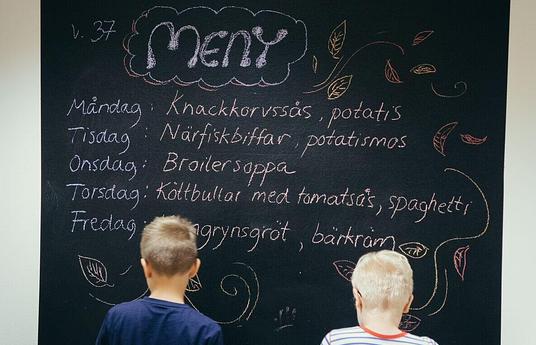Today, the whole world is talking about improving schools – both the learning results as well as school satisfaction. The changes and improvement efforts can start from many different levels. Often, however, the order follows a top-to-bottom model that ignores the students that are, after all, at the heart of the changes and improvements.
Learning at school is aimed primarily at the students and school satisfaction plays a significant role in learning motivation. Any school improvement effort should enable student participation in every stage of the development – brainstorming, piloting, execution and reflecting.
The Evolving School innovation strides to improve schools by putting the students first, focusing on learning and school satisfaction.
The innovation engages the teaching staff and parents to improve the school together with the students. This is achieved through a game called “Let's Improve Learning Together.”
The game has seven stages:
1. Preparations
2. Official kick-off
3. Brainstorming
4. Elimination round for the ideas in the classroom
5. Elimination round with the teachers
6. Elimination round with the parents, and
7. Presenting the ideas to the board.
The stages culminate in three ideas with the most potential. The game ends in an award ceremony for the winning ideas.
The goal is to collect concrete ideas for improvement and implement them. The innovation also aims to get the students thinking about learning and how to improve it, as well as take charge of their own learning. The innovation provides a chance for the teachers to make their instruction more effective for all learners. They also get an insight into their students' thoughts about learning and school satisfaction.
The model for continual improvement and the accompanying game was created during the 2016–2017 school year. A team of project management students at Laurea University of Applied Sciences developed the prototype for the model in the fall of 2016. They cooperated with the Puolimatka School's students and teachers and used methods from service design. The finished product was piloted in the spring of 2017. It was organized by the Laurea student team with the principal and teacher coordinators of Puolimatka School.
The following eleven steps introduce the stages of the game and provide the material needed.



